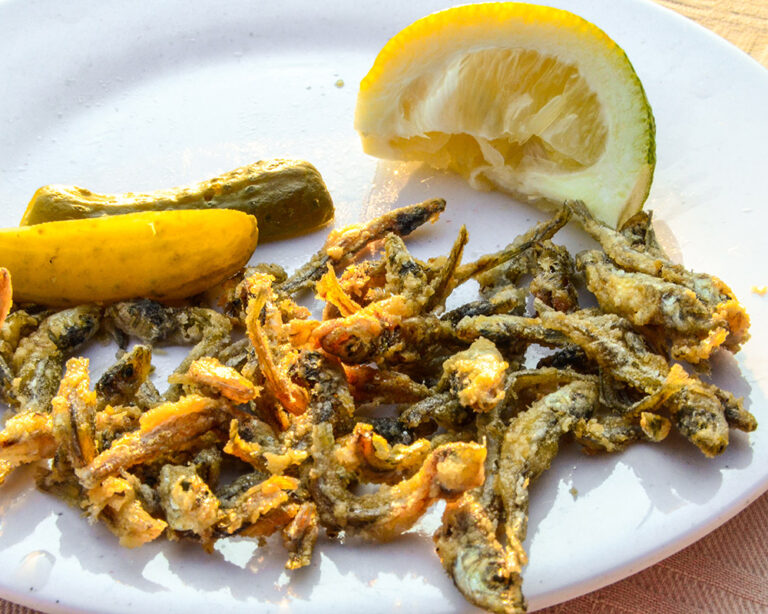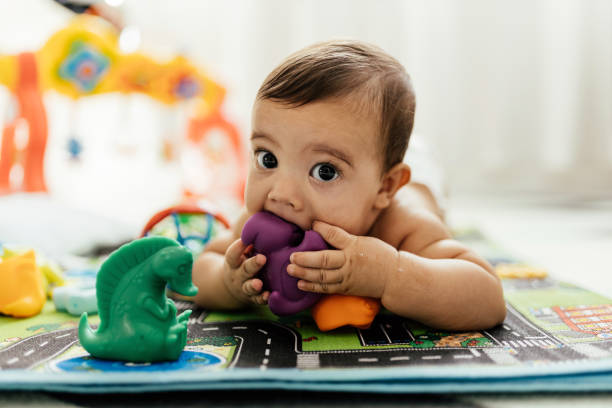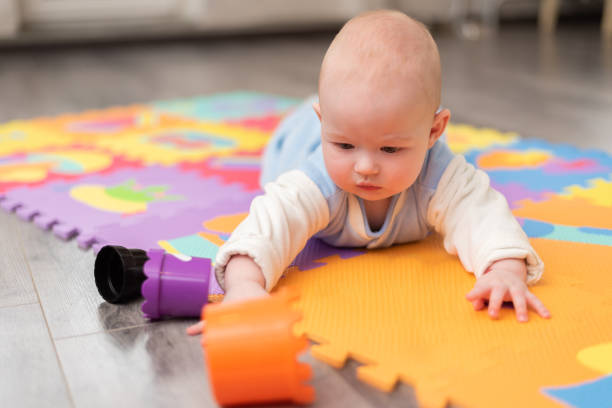Introduction to Zimbabwean cuisine
Zimbabwean cuisine is a reflection of the country’s rich culture and diversity. It is a blend of traditional African dishes with colonial influences, resulting in a unique culinary identity. From savory stews to flavorful vegetables and spices, Zimbabwean cuisine offers a variety of dishes that cater to different tastes and preferences.
Maize: the staple food of Zimbabwe
Maize is the cornerstone of Zimbabwean cuisine, and it is the main staple food for most households. It is a versatile crop that can be used in various ways, including as a flour, porridge, and bread. Maize is a critical source of carbohydrates, fiber, and other essential nutrients that are crucial for maintaining good health. It is also relatively cheap and readily available, making it accessible to most Zimbabweans, regardless of their socioeconomic status.
Traditional maize-based dishes
Zimbabwean cuisine features a plethora of traditional maize-based dishes that have been passed down from generation to generation. One of the most popular dishes is sadza, a thick porridge made from maize meal. It is typically served with a variety of stews, including meat, vegetables, and beans. Another traditional dish is muriwo unedovi, a spinach and tomato stew that is usually served with sadza.
Modern twists on maize dishes
In recent years, there has been a surge in modern twists on traditional maize dishes, as chefs and food enthusiasts experiment with different flavors and textures. One such dish is the maize cake, a sweet dessert made from maize flour, sugar, and cream. It is often served with fruit or ice cream and is a favorite among those with a sweet tooth. Another popular dish is the maize and bean salad, a refreshing and healthy salad that combines maize, beans, and a variety of vegetables.
Maize and cultural celebrations
Maize plays a vital role in Zimbabwe’s cultural celebrations, including weddings, funerals, and harvest festivals. During these events, traditional maize-based dishes such as sadza and muriwo unedovi are typically served, along with other local delicacies. These celebrations are an opportunity for Zimbabweans to come together and celebrate their culture through food and festivities.
The economic importance of maize in Zimbabwe
Maize is not only a crucial part of Zimbabwean cuisine but also a significant contributor to the country’s economy. The crop is grown by millions of small-scale farmers, providing employment opportunities and income for rural communities. Maize is also a significant export for Zimbabwe, with neighboring countries such as Zambia and Malawi being major importers. The crop’s importance to Zimbabwe’s economy highlights the need for policies and programs that support small-scale farmers and promote sustainable maize production.
In conclusion, maize plays a vital role in Zimbabwean cuisine, culture, and economy. From traditional dishes to modern twists, maize-based dishes offer a variety of flavors and textures that cater to different tastes and preferences. As such, maize will undoubtedly continue to be a cornerstone of Zimbabwean cuisine for generations to come.



